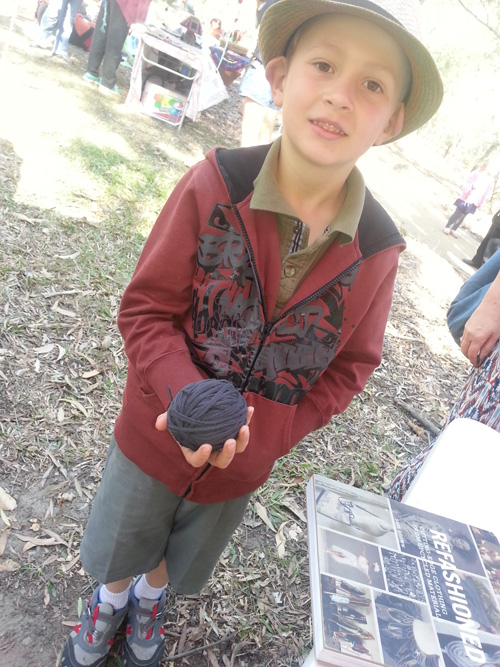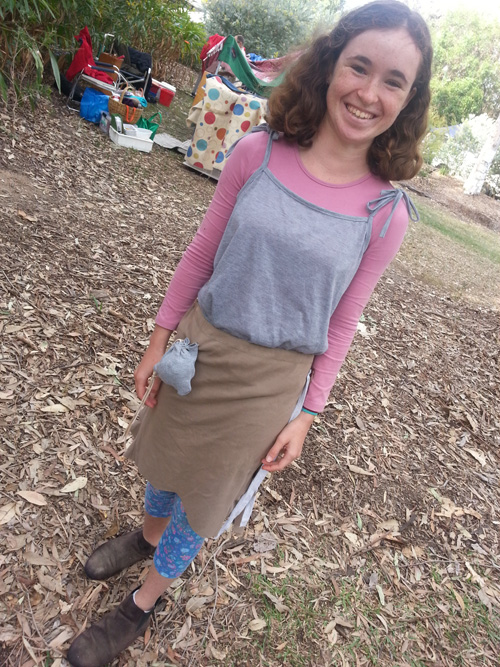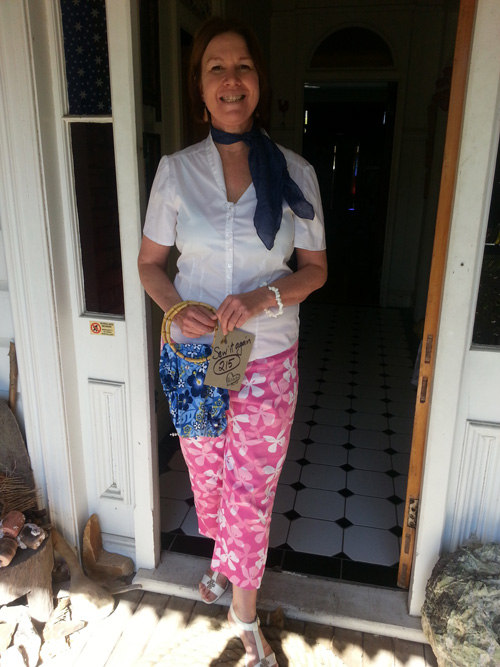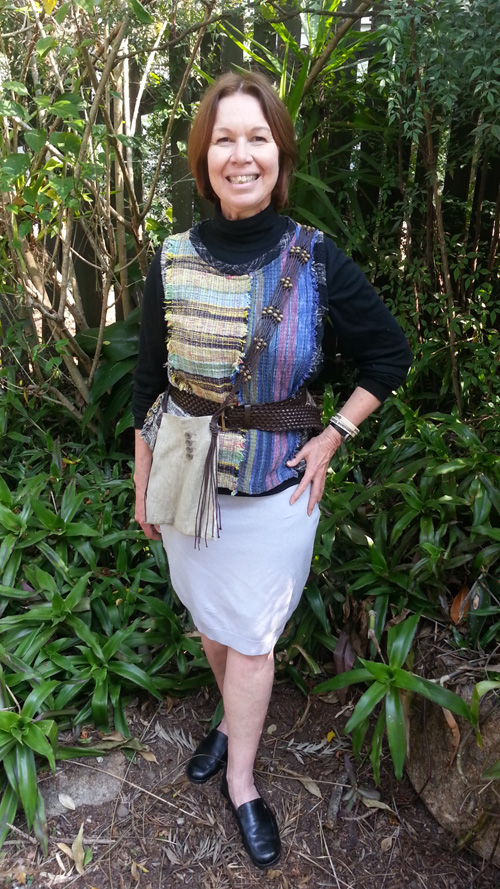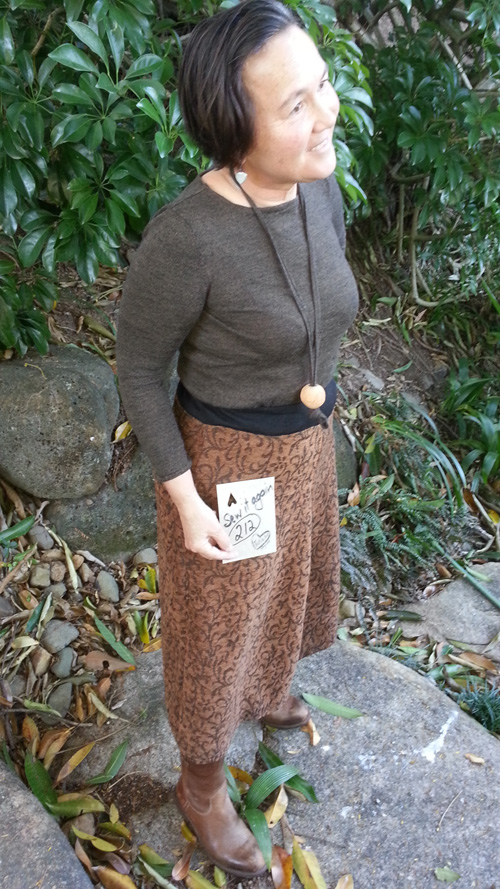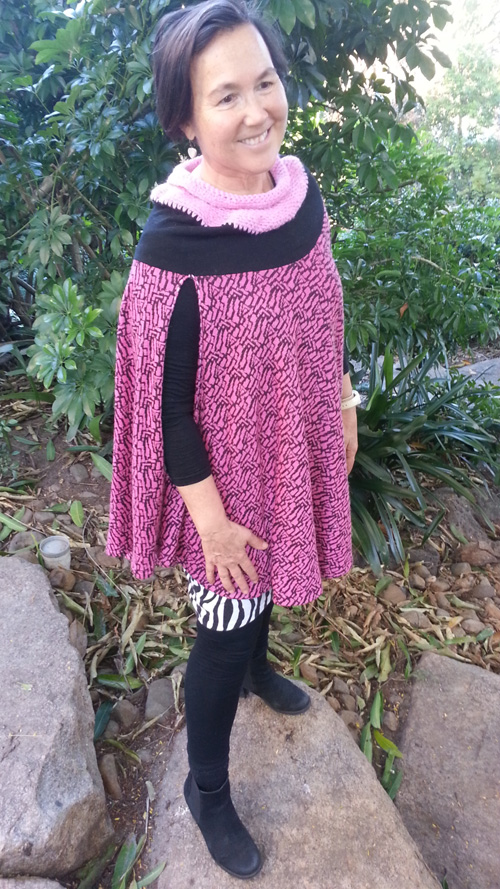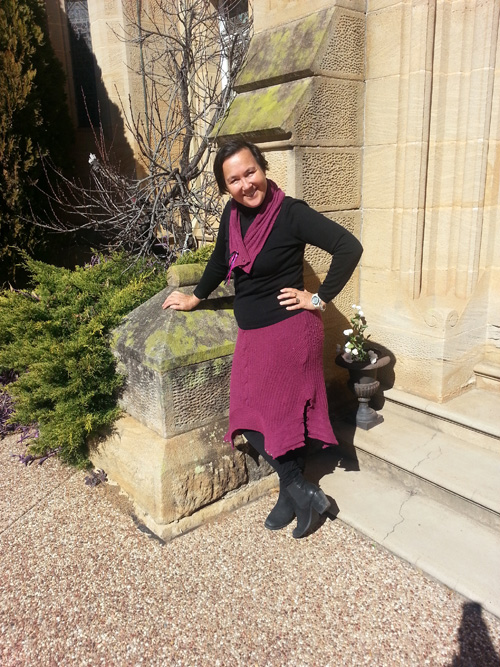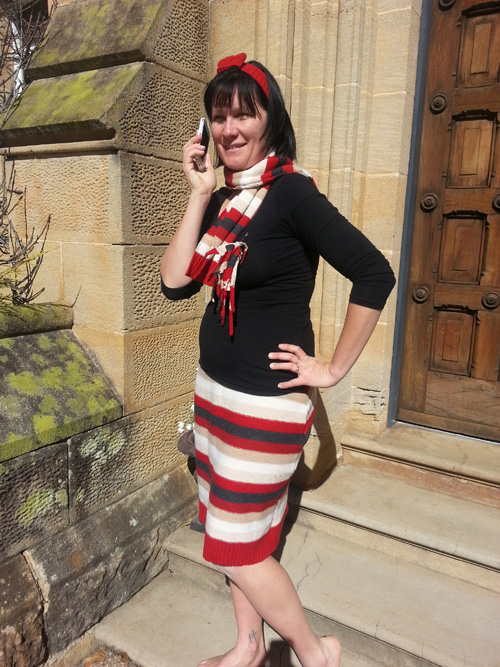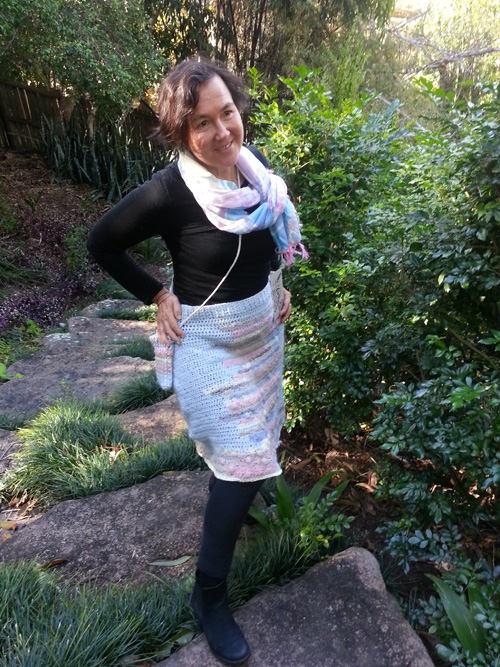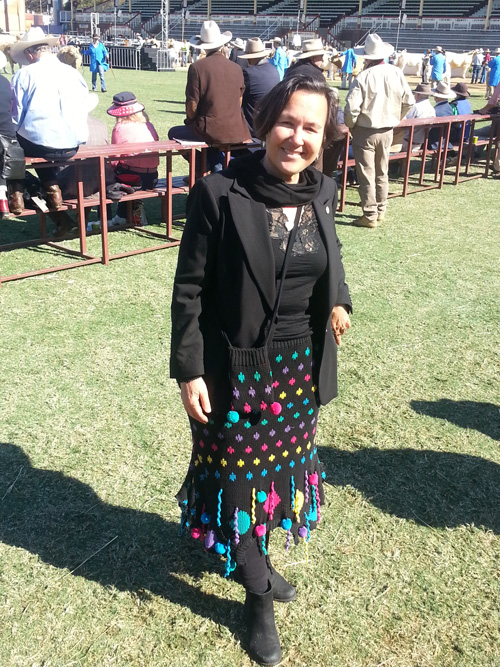 The Rural Press Club breakfast is the opening event at the Ekka, Queensland’s annual show, and a great time to catch up with rural friends and associates from around the state.
The Rural Press Club breakfast is the opening event at the Ekka, Queensland’s annual show, and a great time to catch up with rural friends and associates from around the state.
Guest speaker this year was Jason Strong, CEO of Australian Agricultural Company – talking about beef of course – but I was seated with central Queensland cotton grower Charlie Wilson. As a former chair of Cotton Australia, Charlie has good insight into cotton production, how it sits in the textile world in relation to inputs (water and chemicals) required to grow the crop and the challenge from synthetic fibres. He runs a family enterprise producing about 4000 bales of cotton as well as organic beef and dryland cropping of wheat and chickpeas. Although he plans to grow organic wheat in future, he says it is not possible to grow fully organic cotton in Australia because of the insect pest problems. Continue reading
